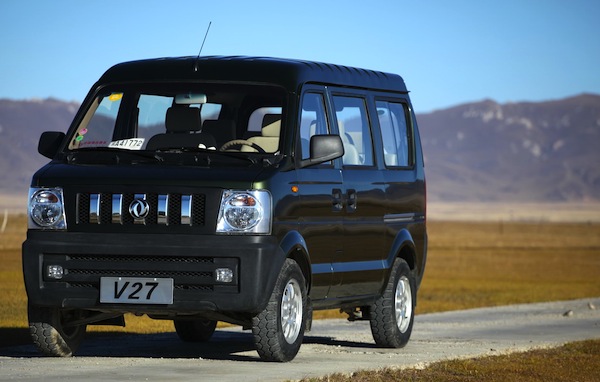Strategy: Scrapping aging vehicles the key for Chinese brands?
I will resume shortly my Strategy Series “How can Chinese brands unlock their home market?”, but first a piece of information that could have a big impact on Chinese manufacturers in the near future. According to Autonews China, last month President Xi Jinping’s leadership team announced a plan to improve fuel economy and reduce emissions by scrapping no less than 13 million “yellow label” aging light vehicles, cars and trucks that fail to meet emission standards. Even by Chinese standards, 13 million vehicles is a lot! Roughly the equivalent of new car sales in Europe over 12 months… But wait it gets more drastic: Beijing plans to scrap a full 6 million vehicles this year and target the rest of the population of older vehicles over the next 3 year, setting precise targets for each of China’s 31 provinces, municipalities and autonomous regions.
John Zeng, Asia director of LMC Automotive, says these “yellow label” vehicles are mainly light trucks, buses and microvans. So this is good news for China’s domestic automakers, the country’s main producers of light commercial vehicles. To fulfill their scrappage quotas, local governments will have to offer attractive cash-for-clunkers incentives. That will significantly boost sales at domestic automakers as China businesses replace their fleets, and will affect the minivan and MPV segments particularly, and in two ways. It could stop the decline of minivan sales and further boost MPV sales as municipalities upgrade from minivans to budget MPV in the same way a lot of Chinese countrysiders are currently doing. Think from a Wuling Sunshine to a Wuling Hongguang.
Links to Strategy series “How can Chinese brands unlock their home market?” (to be continued soon):
Part 1: Introduction and Medium & Heavy Trucks
Part 2 :Small, Medium & Large Buses and Light Trucks





The Japanese used to have road-worthiness laws that effectively made it too expensive to keep a car “roadworthy” over time, ensuring they were forced to buy a new car every five to seven years. They just seemed to accept this as being for the greater good of the country, as they often do.